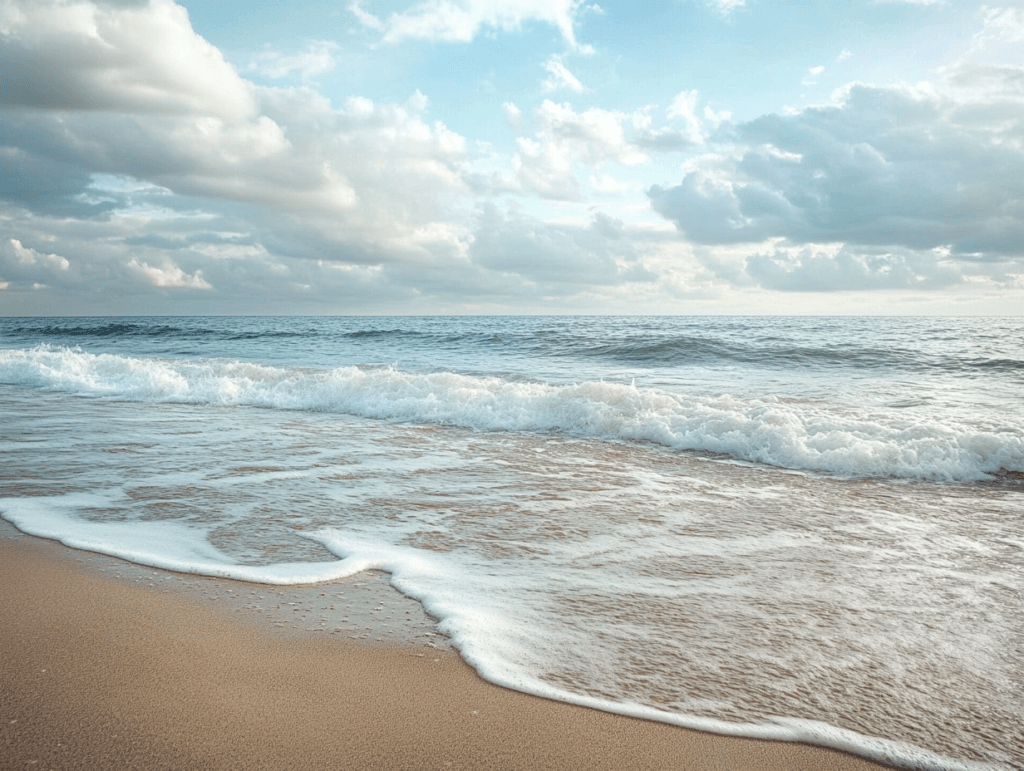In recent years, AI-generated art has revolutionized the creative landscape, enabling artists and creators to craft breathtaking visuals using advanced algorithms. Among these tools, MidJourney stands out for its remarkable ability to transform simple text prompts into stunning artworks that span a wide range of styles, from the surreal to the hyper-realistic.
However, to truly unlock the platform’s potential and discover techniques to enhance your prompts, it’s essential to go beyond basic inputs. This article explores various techniques to enhance MidJourney prompts for beginners, to help you create unique and captivating artworks that reflect your vision and artistic intent.
MidJourney’s Prompt System
Before diving into enhancement techniques, it’s crucial to understand how MidJourney interprets prompts. The AI employs a sophisticated neural network that analyzes keywords, context, and structure to generate images. The more specific and nuanced your input, the more tailored the output will be.
Key Elements of Effective Prompts
- Keywords: These are the core components of your prompt. Specific keywords guide the AI toward desired subjects and themes, helping to eliminate ambiguity.
- Context: Providing context helps establish the mood and atmosphere you want to convey. This can include time of day, weather conditions, and emotional undertones.
- Style and Influence: Mentioning particular art styles, movements, or influential artists can steer the AI toward a specific aesthetic.
- Detail Level: The level of detail you provide can greatly impact the generated artwork. More details often lead to more nuanced results, while overly vague prompts may yield generic images.
- Intended Audience: Consider who will view your artwork. Tailoring your prompts with this audience in mind can affect the tone and style of the final product.
Techniques to Enhance Your MidJourney Prompts
1. Use Descriptive Language
One of the most effective ways to discover techniques to enhance MidJourney prompts for beginners is by employing rich, descriptive language. Rather than relying on vague terms, opt for specific nouns and colorful adjectives that paint a vivid picture in the reader’s mind.
- Example Prompt: “A young girl exploring an enchanted forest, discovering hidden creatures and sparkling streams, as sunlight filters through the ancient trees.”

3. Interdisciplinary Approaches
Combine techniques from different artistic disciplines, such as photography, painting, and digital design. This can result in rich, multifaceted artworks.
- Example Prompt: “A surreal collage that combines elements of photography and abstract painting, featuring a city skyline melting into a sea of vibrant colors.”

4. Emotion-Based Prompts
Focus solely on the emotional aspect of the scene. This can lead to evocative artworks that capture feelings in unique ways.
- Example Prompt: “A stormy sky reflecting the turmoil within a heart, with dark clouds swirling and lightning illuminating a solitary figure standing on a cliff.”

Conclusion
In summary, discovering techniques to enhance MidJourney prompts for beginners can significantly transform your artistic creations, moving them from standard outputs to unique masterpieces. By employing descriptive language, blending concepts, and incorporating emotional depth, you can guide the AI to produce artwork that resonates with your vision.
As you experiment with these techniques and refine your prompts, you’ll unlock the endless possibilities that AI-generated art offers. Embrace the journey of creativity, and let your imagination flourish!
By implementing these strategies, you will not only improve the quality of your prompts but also deepen your engagement with the creative process itself. Whether you’re a seasoned artist or a curious beginner, the world of AI-generated art awaits your exploration. So, pick up your digital brush, dive into MidJourney, and start crafting the visuals of your dreams!
- Basic: “A tree”
- Intermediate: “An ancient oak tree in a misty forest”
- Enhanced: “An ancient oak tree, its gnarled branches reaching out like arms, shrouded in ethereal mist with soft rays of light filtering through the leaves.”

















